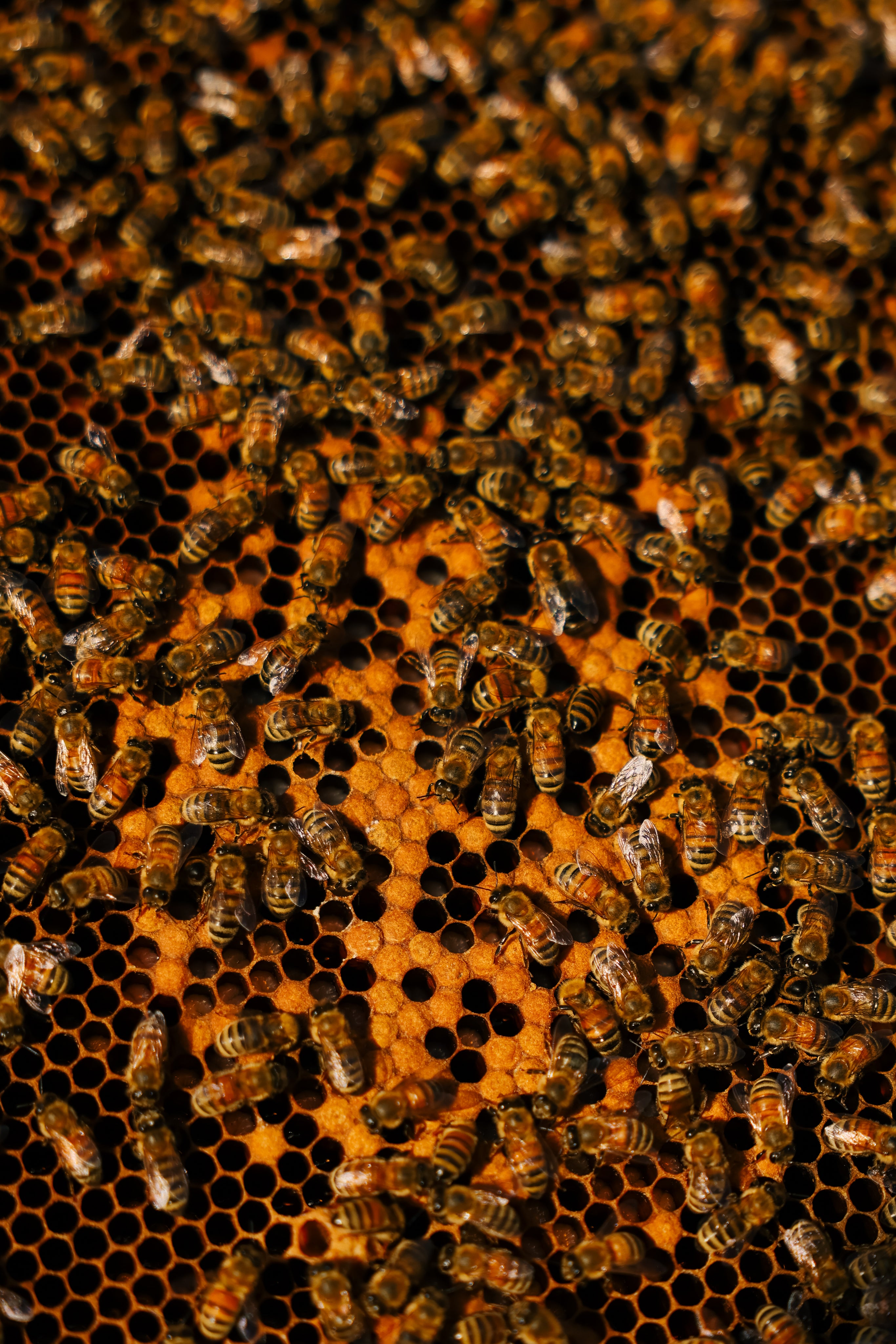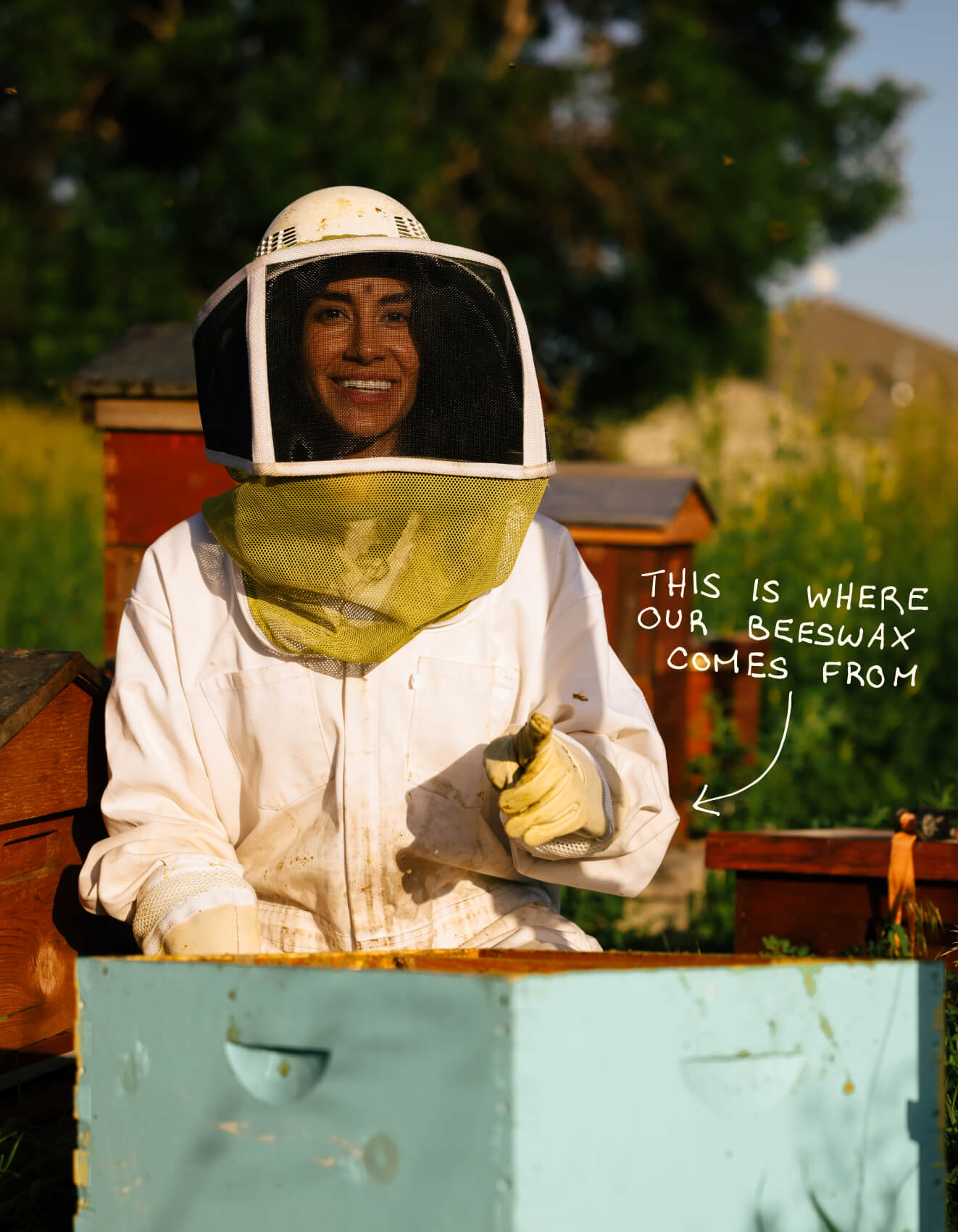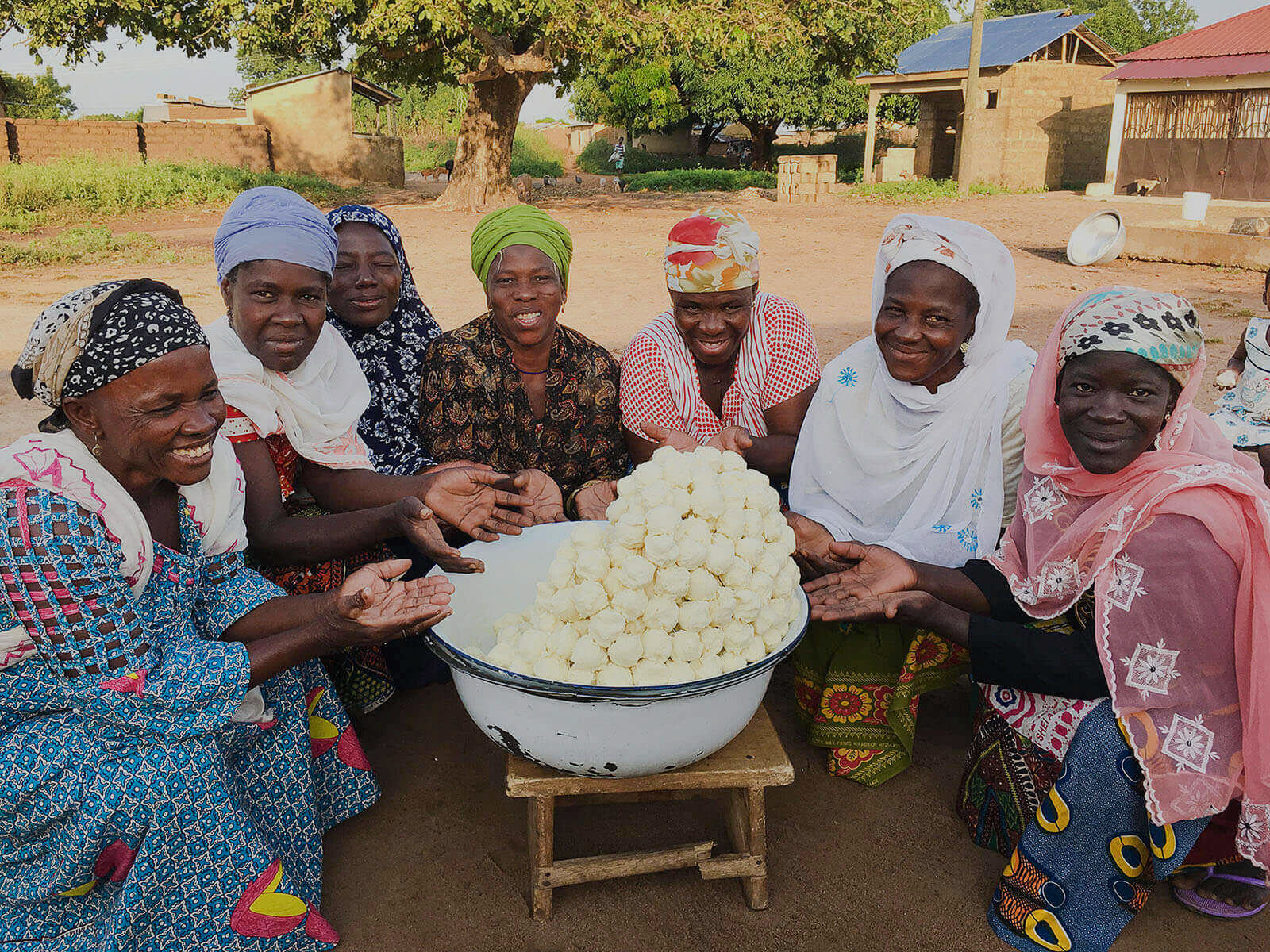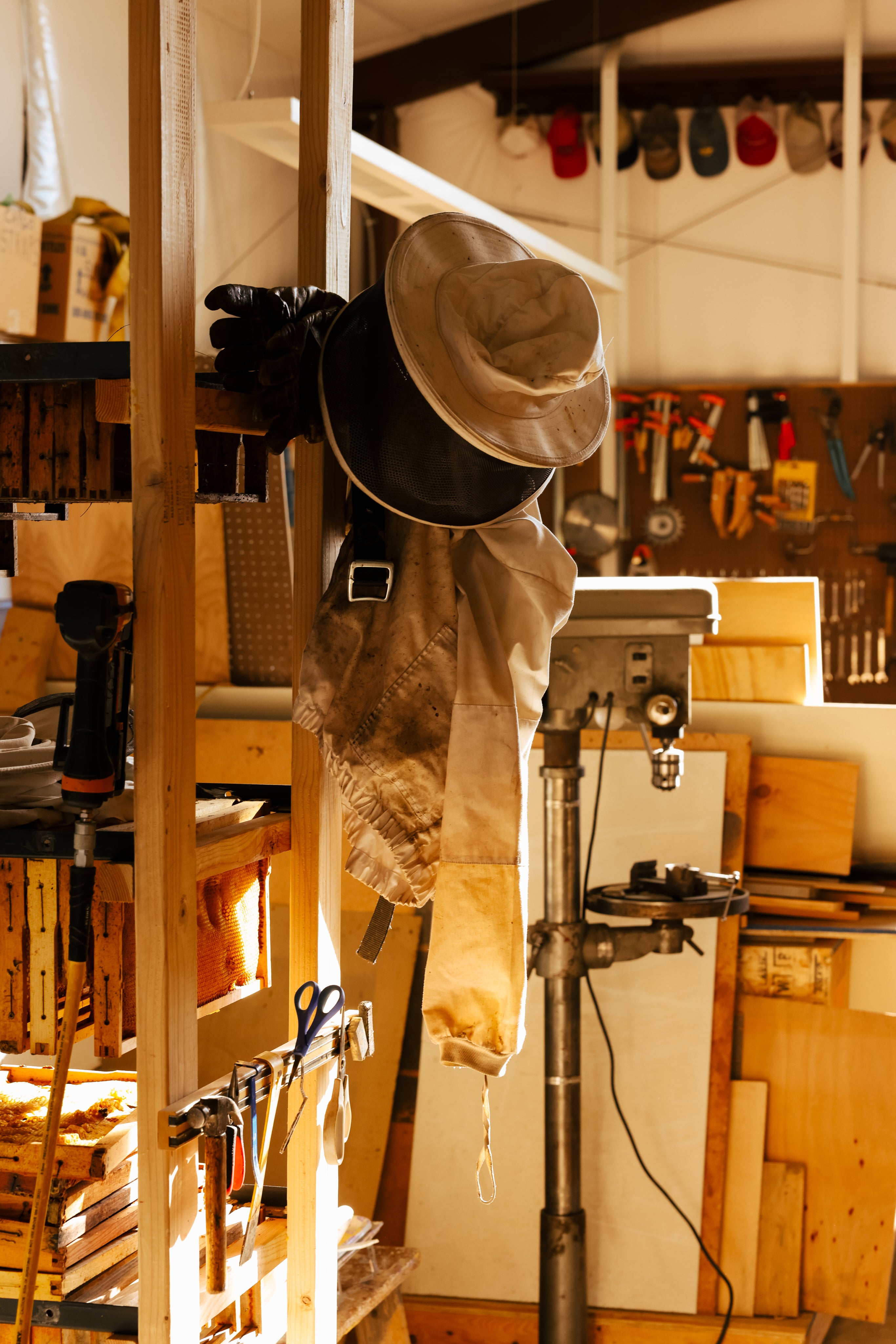

The Heart of Our Ingredients
In the realm of skincare culture, it's astonishing how little reverence we show for the ingredients in our everyday products. There are lengthy lists of ingredients, each screaming in anonymity. This disconnect isn't limited to just skincare; it permeates our grocery aisles as well. How often do we pause to ask, "Was this grown in healthy soil? What was the farmer's mood that day? Did we disrupt an entire ecosystem just to mass-produce a single crop for use as a mere filler in a cosmetic product?" If the products we create fail to contribute to the betterment of our planet and the livelihoods of our farmers, then we must ask ourselves: Why are we using them at all?
Every component we incorporate into our products isn't just essential; it's sacred. We believe that the alchemy of our magical products is, in part, attributed to the environments from which these ingredients are born! YES WE ARE THIS CHEESY & EMOTIONAL about our ingredients and farmers all the time.
MEET OUR FARMERS

Allow us to introduce you to Beth, our treasured beekeeper!
Beth and her hives reside a brief 30-minute drive from the home of our founder, Stevie! She hand-delivers her beeswax whenever we need to re-up. To us, Beth is more than a beekeeper; she's a true steward for her hives. When we came to visit, we realized how much care she takes, delicately tending to them, making sure no bee is harmed. She’s the living embodiment of our commitment to earth - a testament to the symbiotic relationship between nature and human.
Sustainable Beeswax Harvesting
It begins with a careful check on the hive's well-being, ensuring the bees are healthy and thriving. When it is time to harvest, only the finest beeswax is used for our products. This beeswax is called “capping wax” and it is the thin layer of beeswax that is placed over the honey by the bees.
Beth’s Native Eco System
Beth’s bees pollinate beautiful native flowers and plants in her surrounding area - which also results in the beautiful range of colors of wax! These pollinators ensures that the local eco system and surrounding vegetation flourish.

And the women who provide our Shea Butter!
We are BEYOND honored to be sourcing our shea butter from an amazing impact initiative that supports women and communities in rural Ghana to make the highest quality, sustainably harvested shea butter. They use ancient techniques that are passed down through generations and everything is done by hand. Shea butter is not just an ingredient here at Yay for Earth, but a huge labor of love and truly a sacred piece of the earth that deserves gratitude all the way from the shea nut to the women that pick, process and craft the butter.
The initiative helps them integrate modern practices and they have pioneered a closed loop process. This ensures that the waste from the shea butter production is repurposed to provide 100% fuel energy that is used to make more shea butter. This alone mitigates climate change, supports biodiversity and healthy ecosystems, and provides local employment.
Waste to Energy Project
With our shea butter, the women utilize the waste water byproduct from the shea butter process combined with the organic shea nut leftovers to create solar-dried, hand made fuel blocks which are collected and taken to be used during the shea roasting and boiling process. The women prefer this to the traditional process which involves cutting down living trees as firewood. This circular principle of using the waste water by product as fuel means 90% less climate and carbon impact!
Supporting women & communities
Our shea butter suppliers are Community Certified Fair Trade, supporting local communities and women artisans. This inherently enables them to proudly support their children, families and communities through this work. They get paid significantly higher than the market value and are a part of a network that works with the women and community to identify and support additional development efforts and priorities. Anytime you purchase a lotion, you directly support these amazing women, families and communities in Northern Ghana.
As a small and steadily expanding business, we can now visit our dedicated farmers, and finally share their stories with you!







